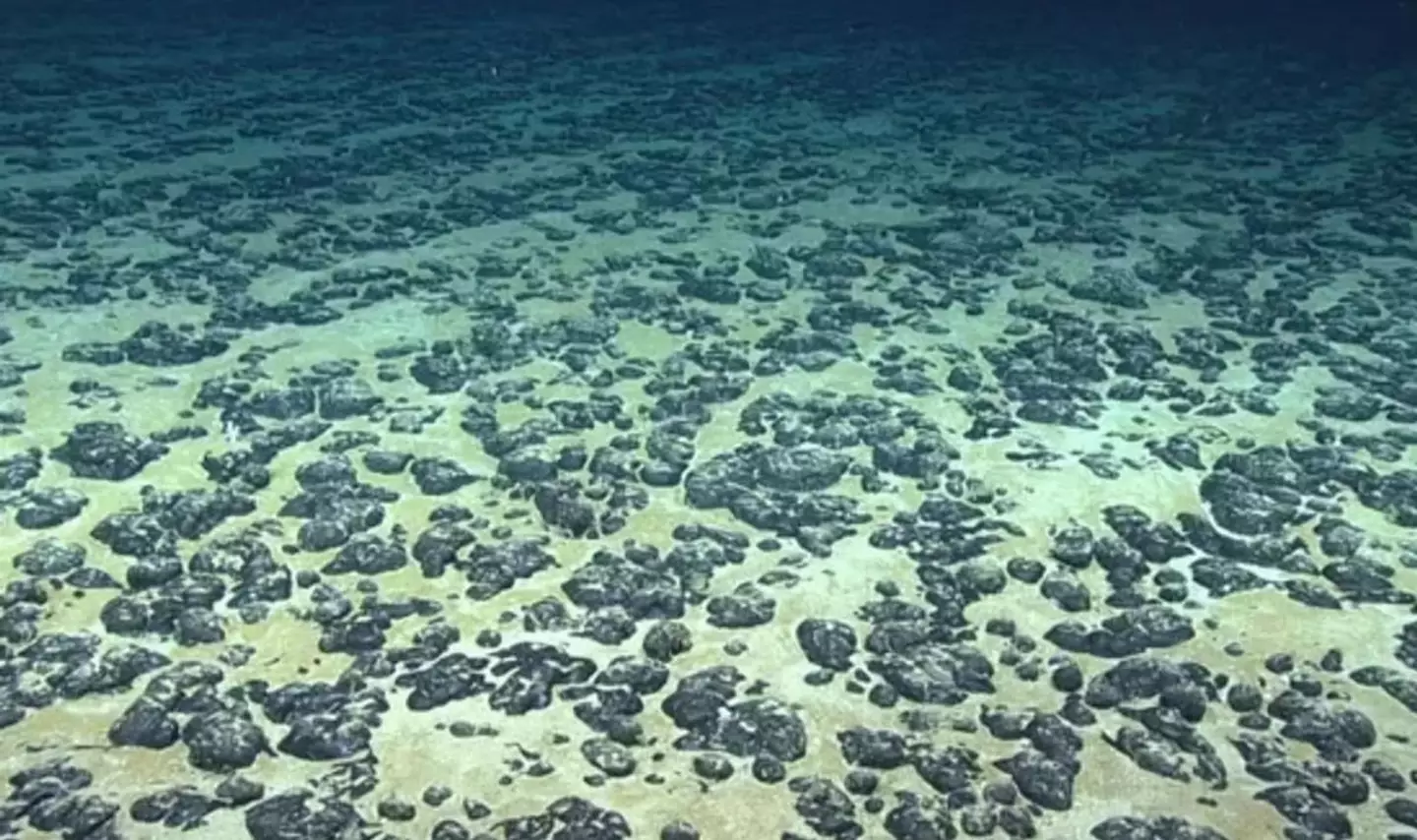
Oxygen has been discovered in the dark depths of the Pacific Ocean - prompting scientists to reevaluate how life on Earth actually began.
It’s been long established that plants and photosynthesizing plankton use energy from the sun to create underwater oxygen.
However new research claims that oxygen can actually be produced in areas of pure darkness with no light.
Last week, a new study entitled Evidence of dark oxygen production at the abyssal seafloor was published in the popular Nature Geoscience journal.
Advert
The research team, led by Professor Andrew Sweetman of the Scottish Association for Marine Science, initially made the discovery whilst assessing the Clarion-Clipperton Zone seabed for possible impacts of deep-sea mining.
Researchers began by surveying polymetallic nodules extracted from around 4,000 metres below the Pacific Ocean.

They were surprised to discover that these potato-sized metallic deposits were carrying a ‘very high electric charge’ which could lead to the splitting of seawater into hydrogen and oxygen.
Advert
This process is commonly referred to as seawater electrolysis and Sweetman and his team recorded readings of up to 0.95 volts on the surfaces of some nodules.
They deduced that when the nodules were grouped together, they produced significant voltages.
As these deposits were releasing oxygen in complete darkness without help from living organisms, the finding challenges everything we know about how oxygen and thus how life is created on Earth.
“When we first got this data, we thought the sensors were faulty because every study ever done in the deep sea has only seen oxygen being consumed rather than produced,” admitted Professor Sweetman.
Advert
“We would come home and recalibrate the sensors, but, over the course of 10 years, these strange oxygen readings kept showing up.”
.jpg)
The team have since dubbed this bizarre finding as ‘dark oxygen’ and claims that the discovery has generated ‘many unanswered questions’.
"We now know that there is oxygen produced in the deep sea, where there is no light,” continued the study lead.
Advert
“I think we therefore need to revisit questions like: where could aerobic life have begun?”
According to SAMS Director Professor Nicholas Owens, the research will force scientists to ‘rethink how the evolution of complex life on the planet might have originated.’
“The conventional view is that oxygen was first produced around three billion years ago by ancient microbes called cyanobacteria and there was a gradual development of complex life thereafter,” he continued.

Advert
“The potential that there was an alternative source requires us to have a radical rethink.”
Will dark oxygen stop mining in the Clarion-Clipperton Zone? Probably not.
However, it could help to inform experts on how to mine in the most environmentally friendly way possible.
Professor Sweetman added that the dark oxygen find needs to be explored in ‘greater detail’ and that they need to ‘use this information and the data we gather in future if we are going to go into the deep ocean’.
